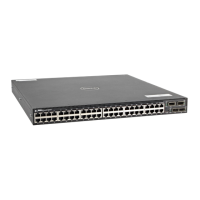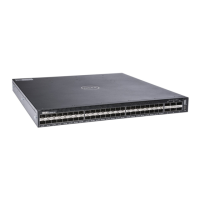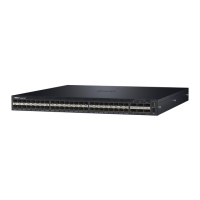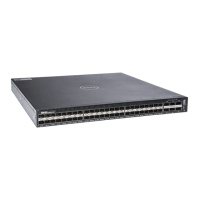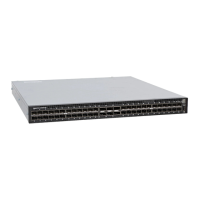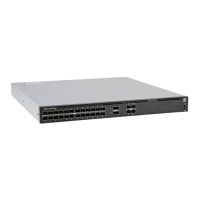56
Stacking
All commands in this chapter are specific to the Dell Networking operating software on the S4810
platform.
The commands are always available and operational, whether the S-Series has a stacking module
inserted. You can use the commands to pre-configure a switch, so that the configuration settings are
invoked when the switch is attached to other S-Series units.
For information about using the S-Series stacking feature, refer to the “Stacking S-Series Switches”
chapter in the Dell Networking OS Configuration Guide.
CAUTION: You cannot enable stacking simultaneously with virtual link trunking (VLT). If you
enable both at the same time, unexpected behavior occurs.
The Dell Networking OS commands for data center bridging features include 802.1Qbb priority-based
flow control (PFC), 802.1Qaz enhanced transmission selection (ETS), and the data center bridging
exchange (DCBX) protocol.
redundancy disable-auto-reboot
Prevent the S-Series stack management unit, stack member unit, and standby unit from rebooting if they
fail.
S4810
Syntax
redundancy disable-auto-reboot [stack-unit] [members | 0-11]
To return to the default, use the no redundancy disable-auto-reboot
stack-unit command.
Parameters
stack-unit Enter the stack-unit number. For the S4810, the range is
from 0 to 5.
members This is all stack-units.
Defaults Disabled (the failed switch is automatically rebooted).
Command
Modes
CONFIGURATION
Command
History
This guide is platform-specific. For command information about other platforms,
refer to the relevant Dell Networking OS Command Line Reference Guide.
The following is a list of the Dell Networking OS version history for this command.
Stacking
1605
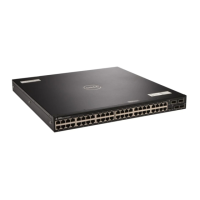
